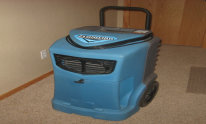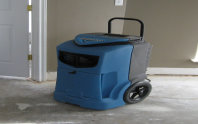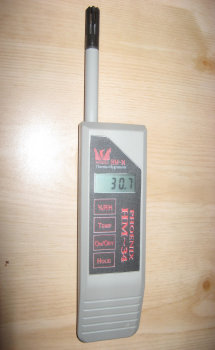| THERMO HYGROMETER | |||||||||||||||||||||||||||||||

|

|
||||||||||||||||||||||||||||||

|
|||||||||||||||||||||||||||||||

|

|
||||||||||||||||||||||||||||||

|
|||||||||||||||||||||||||||||||

|

|

|
|||||||||||||||||||||||||||||

|

|

|
|||||||||||||||||||||||||||||
| Water Damage Restoration | Carpet Cleaning | About Us | |||||||||||||||||||||||||||||
| WATER DAMAGE SERVICES | THERMO HYGROMETER | ||||||||||||||||||||||||||||||

|
|||||||||||||||||||||||||||||||
|
CUSTOMER PRECAUTIONS DEHUMIDIFIERS AIR MOVERS PROTIMETER THERMO HYGROMETER SECONDARY DAMAGE INSURANCE CLAIMS DRYING CABINETS DRYING ATTICS DRYING CRAWL SPACES PROFESSIONAL TRAINING |
|||||||||||||||||||||||||||||||
| It is very important for the water damage restoration team to measure the amount of water vapor in the air inside and outside the home or building. This is done with the aid of a thermo hygrometer. It gives the relative humidity and the temperature. These two numbers are plotted on the psychrometric chart which will reveal the actual humidity in the air also known as the specific humidity expressed in grains per pound. For example, in a flooded home or building where the relative humidity is 60%, and the temperature is 70 F degrees, the actual humidity would be 65 grains per pound. If the temperature remained the same the next day, and the relative humidity was now 50%, that would be 55 grains per pound. This indicates a decrease in the amount of water vapor in the air. If the water damage technician comes in the next day, and the actual humidity has risen, that might indicate not enough dehumidification is taking place. | |||||||||||||||||||||||||||||||
| CARPET CLEANING | |||||||||||||||||||||||||||||||
| The thermo hygrometer allows the water extraction team to monitor the drying progress daily. Each day the actual humidity is tested and documented. If there is any problem, the results of this routine analysis should flag the problem. When things are not drying properly, there is a reason why. The humidity level should eventually head toward a target moisture level that was set at the beginning of the water damage restoration process. As long as the humidity is at a satisfactory level, the drying process should show progress unless there is insufficient evaporation or air movement. Either way, without a thermo hygrometer it is impossible to tell for sure where the problem lies. | |||||||||||||||||||||||||||||||